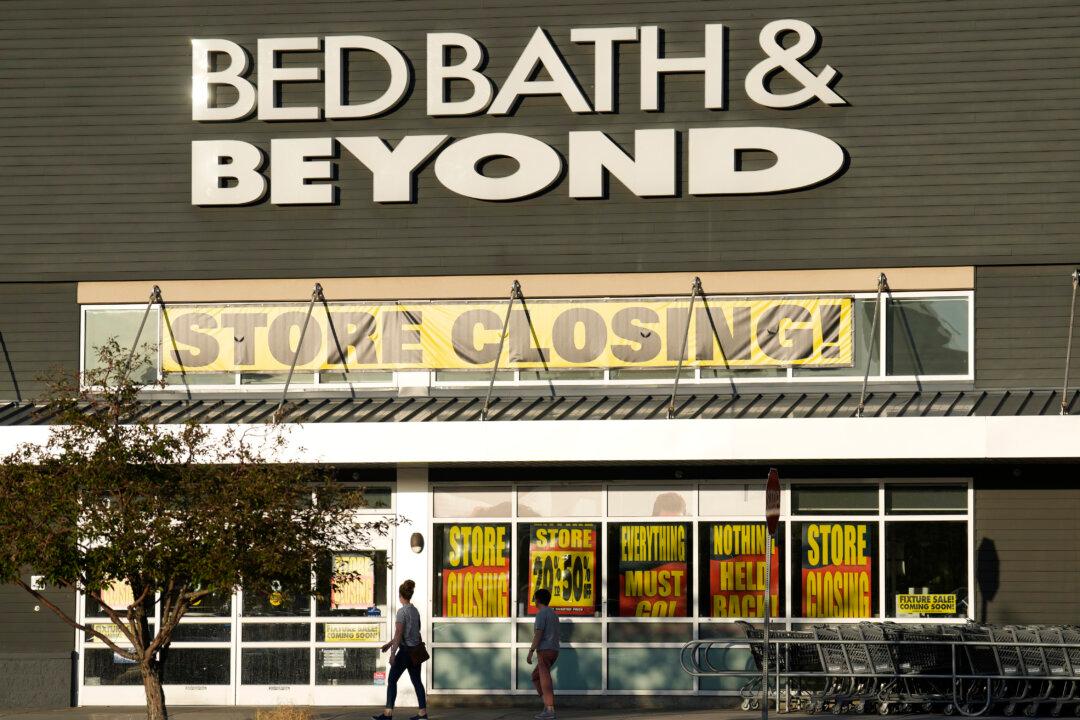Commentary
Too many economic trends in our times somehow evade the headlines. One of them these days is the sheer number of business bankruptcies.

Too many economic trends in our times somehow evade the headlines. One of them these days is the sheer number of business bankruptcies.